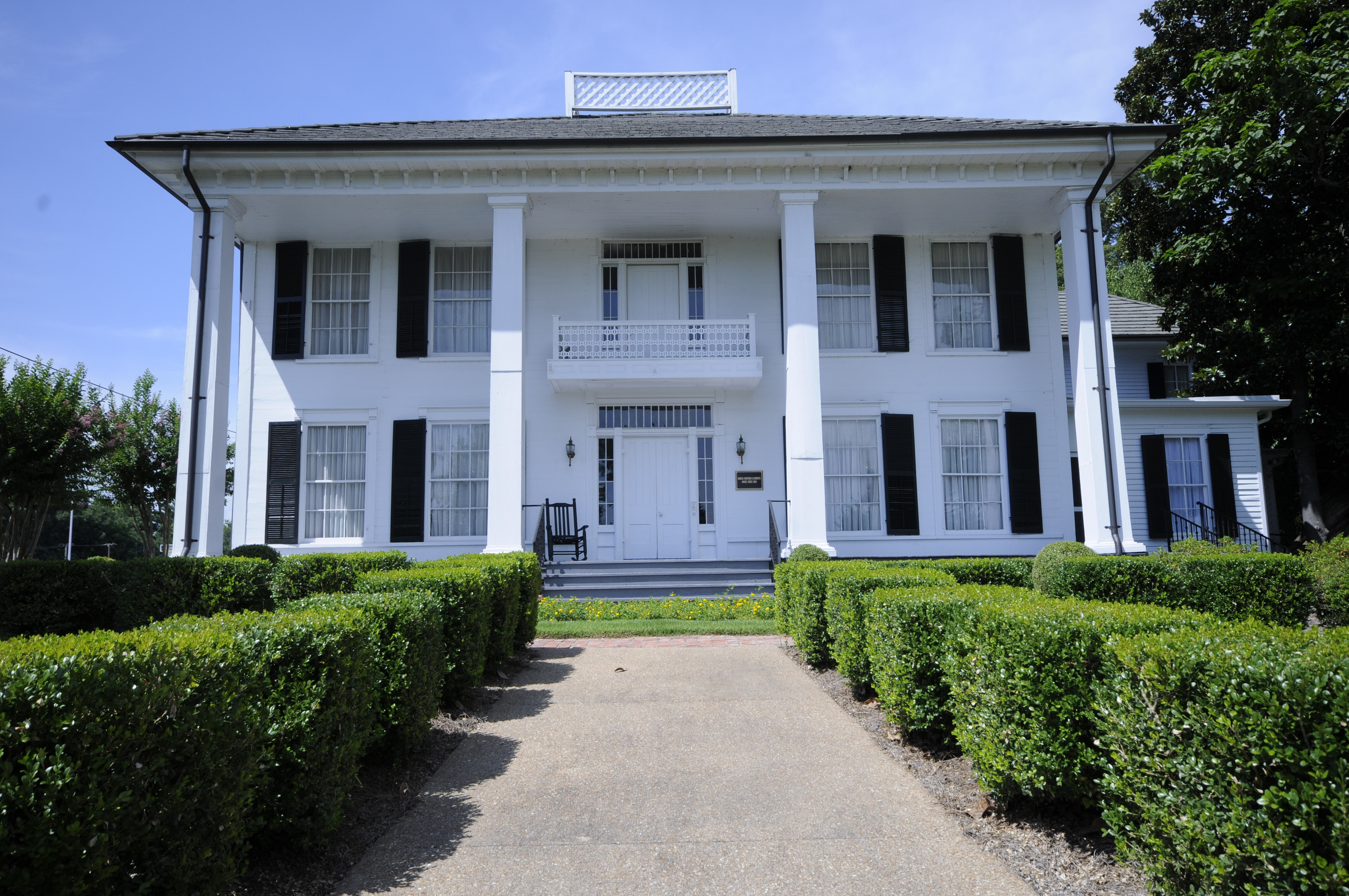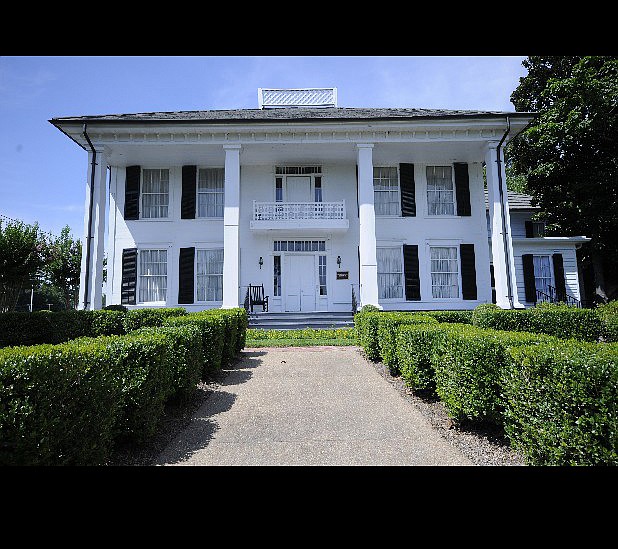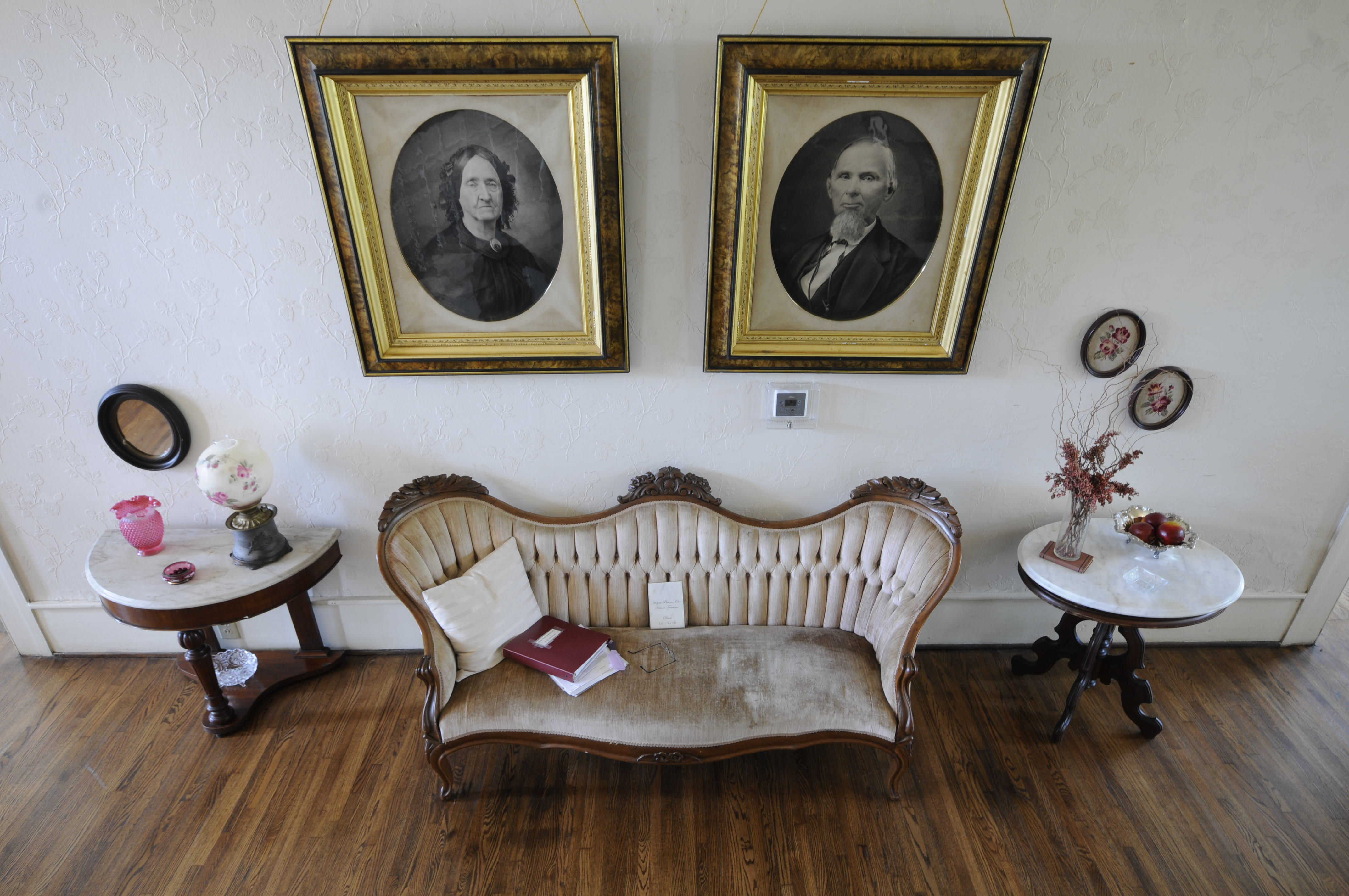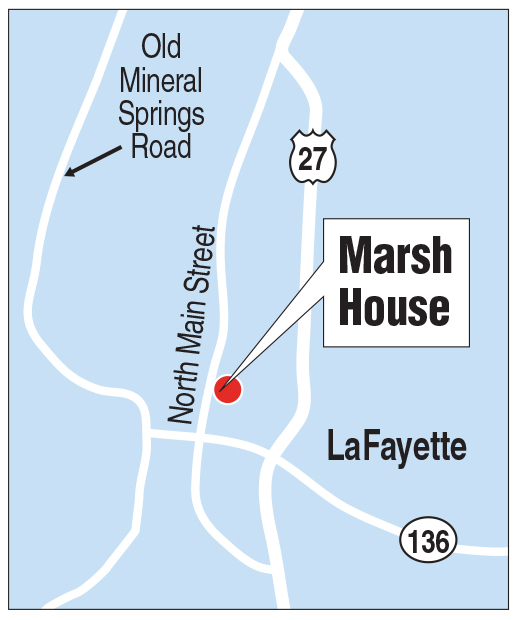The Belle of LaFayette: Marsh House blends 19th century style and Civil War history
Saturday, August 10, 2013
Legend has it that Confederate Gen. Braxton Bragg planned his military strategy before the Battle of Chickamauga while reclining in the shade of a large oak on the grounds of the Marsh House. Although there is no proof of that, town citizens referred to that tree as "The Bragg Oak" from the 1870s until it a storm brought the tree down in 1921, according to Mary Smitherman, Marsh House docent.
It is documented that Bragg returned to the LaFayette, Ga., mansion during the battle. He used Chattooga Academy, which is located on the property, as his headquarters.
This antebellum home remained in the Marsh family for more than 150 years before being sold as a private residence to another family. Its history gives visitors insight into the history of Walker County's formation.
The mansion is now an event venue owned by Walker County, Ga., and maintained by volunteers with the Marsh House Task Force. It is listed in the National Register of Historic Places.
Year built: 1836
Founding family: Spencer and Ruth Marsh moved to Walker County, Ga., in 1835, settling in Chattoogaville, which is now known as LaFayette.Spencer Marsh is believed to have owned as much as 200 acres of land. The couple first lived in a Williamsburg-style cottage on the site of the present house. They next lived in a log house while the Marsh House was built. The log cabin was later used as a school. When citizens decided to build a new schoolhouse, Marsh donated some of his land for it, and it was named Chattooga Academy.
Claim to fame: Spencer Marsh was the son of William Marsh, an American Revolutionary War soldier. Before moving to Georgia, Spencer Marsh was a North Carolina judge. He and Andrew Perry Allgood founded the first cotton mill in Northwest Georgia.
 The Marsh House was built in 1836 by Spencer and Ruth Marsh in LaFayette, Ga. It is Greek Revival with 10-foot-wide central hallways on both floors that span the length of the house. It was built with four rooms on each floor, two on either side of the hallway. The house is now owned by Walker County and maintained by the Marsh House Task Force.
The Marsh House was built in 1836 by Spencer and Ruth Marsh in LaFayette, Ga. It is Greek Revival with 10-foot-wide central hallways on both floors that span the length of the house. It was built with four rooms on each floor, two on either side of the hallway. The house is now owned by Walker County and maintained by the Marsh House Task Force.Cherokee ties: Spencer Marsh was given the name Estachee by the Cherokee Indians. Marsh House history records that one of his servants, Ninatoya, was a Cherokee woman who was forced west on the Trail of Tears in the late 1830s.
Civil War history: When it became apparent that battles would be fought in North Georgia, the Marsh family fled to Cassville, Ga., taking their sugar chest, a child's cradle and a handful of other items. Their home was occupied by Union troops during the Civil War. When they returned home, they found their home stripped of all furniture and household items, which is why almost all furnishings currently in the Marsh House are from the late 1860s and after. It is recorded that the family found bullet holes in the walls, blood-soaked floors and horses' hoofprints in the downstairs hallway, believed to have been left when soldiers brought their mounts into the house to prevent them from being stolen. The hoofprints are still visible in the original pine flooring, although that floor was covered by a new oak floor laid throughout the first floor in the early 1900s.
Design: Marsh House is a Greek revival with Georgian floor plan: a wide hallway dividing four rooms on both levels of the house. The four are symmetrically divided with two on either side of the hallway. The home's kitchen was originally in the basement and food was brought to the dining room on the first floor via a dumbwaiter. During a later addition, the kitchen was moved to the first floor and the dumbwaiter was remodeled into a pantry/pass-through between the dining room and East Parlor.
Interesting Features: The home contains two rosewood, square grand pianos, one pump organ in Gothic design, a rope bed complete with a key to tighten the ropes, antique children's toys, vintage clothing, a variety of antique furnishings from the 19th and early 20th centuries and bookshelves holding Marsh family Bibles. The entry foyer's staircase features a handrail made of one 24-foot-long piece of pine. A glass case holds a Civil War cannonball used by both Union and Confederate forces, antique glass bottles found in archaeological digs on the property and an antique brass door handle.
An upstairs bedroom contains a "hoop-skirt chair," designed to protect a lady's modesty when she sat. The short, padded stool with a 4-inch-high wooden rail circling half the back was low enough that a woman could sit down "over" it, preventing her hoops from flipping up when she sat.
A courting couch sits in the first-floor hallway; so named because an uncomfortable hump built into the center of the seat forced couples to sit on either end and face each other.
Little-known fact: When the last restoration of the Marsh House was under way, wallpaper was peeled back to reveal handwriting on the wall. The handwriting listed who had hung the paper in five restorations since 1858. The fourth listing was Claude C. Clinton and Son, grandfather of Marsh House docent Mary Smitherman. Her father was Clarence Clinton.
Quirky trivia: Marsh House is "certified haunted." Crews from Ghost & History of Southeastern Tennessee Inc. visited the mansion and its cemetery in 2008 and 2009. Their investigations determined paranormal activity both times, most frequently in the children's bedroom and the former servants' quarters.
Caretakers: Marsh House was purchased by Walker County in 2003, and is maintained by the Walker County Historic Preservation Commission and volunteers in the Marsh House Community Task Force.
Sources: Marsh House history, downtownlafayettega.com, marshhouseoflafayette.com, docent Mary Smitherman


